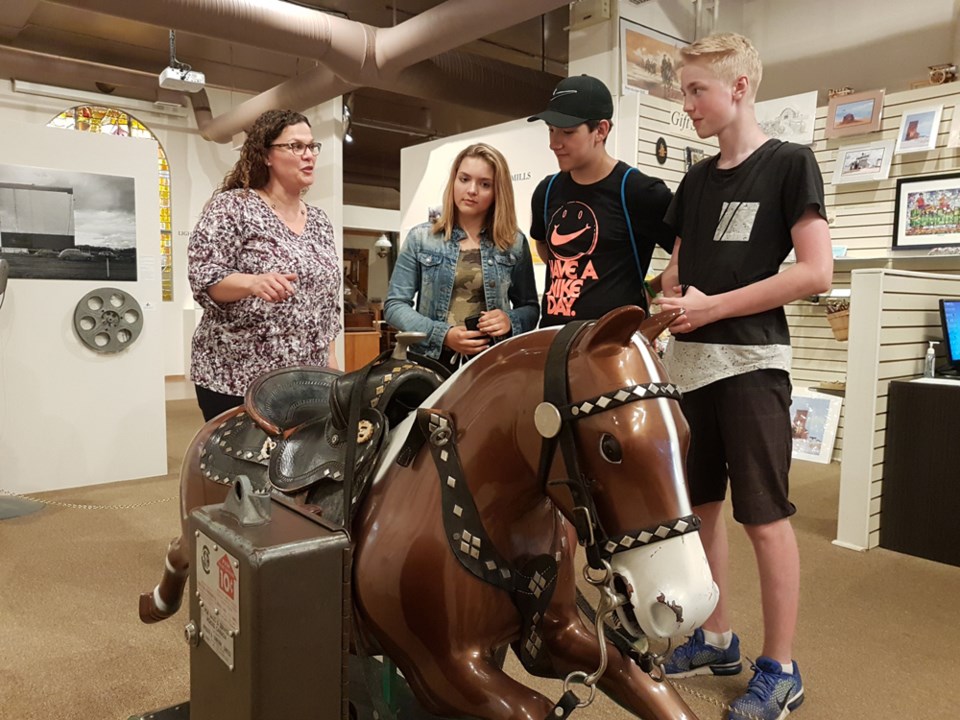The Humboldt and District Museum staff is taking a hard look at their museum.
Their newest exhibit, Stories of Humboldt, features 13 stories, including the history of the Humboldt Broncos, looks to change the narrative of the museum by offering community stories that may become a permanent part of the museum, says Jennifer Fitzpatrick, Director of the Humboldt and District Museum and Gallery.
This exhibit is a test run, she says.
“The museum has really large exhibits, for example the pioneer kitchen, but it’s really hard sometimes for that to be relevant to everybody because the pioneer era is not something that everyone remembers.”
The pioneer kitchen is also something that can be seen across Saskatchewan but isn’t exactly a Humboldt specific narrative.
The first set of stories that the museum wanted to display were chosen from their 100 Interesting Stories collection from 2005, as well as from the Intangible Cultural Heritage
Workshop that took place in the fall of 2016, says Fitzpatrick.
“We asked people to identify traditions, people, and places of Humboldt that they thought were really important and that we should do more research on.”
That is the point of the exhibit is telling stories that the people of Humboldt want that cannot be replicated anywhere else, says Fitzpatrick, including recent stories and not the ones just of 100 years ago.
History is happening now, says Fitzpatrick, which is why the exhibit features the story of the Humboldt’s quest for Hockeyville back in 2009; Humboldt was the runner up that year losing out to Terrace, B.C., as well as the history of the Humboldt Public School from when it was first being built to after it was renovated into the current structure.
“We wanted to make sure that people had access to some great stories.”
Getting the stories out there, as complete as they are, is a way that the museum can present the story to the city but if there are any gaps in the knowledge, Fitzpatrick says the staff wants people to fill them in on more details.
“Please come in and tell us more about the stories. Tell us about stories we don’t know because we know we don’t know a lot.”
The redesign will continue with some community input, says Fitzpatrick, with smaller exhibits allowing for easier transition between stories that the community wants told.
Artifacts from current exhibits are not going anywhere, she says, but the redesign will allow for a fresh look at artifacts that people may already have seen.



